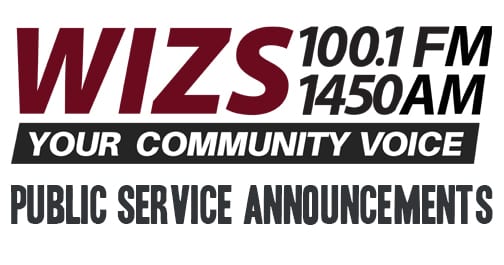-Press Release, County of Granville
Call volume at the Granville County Sheriff’s Office Emergency Communications Center has seen a steady yearly increase, with almost 43,500 9-1-1 calls received in 2018 and an increase of about 3,000 calls for service from the previous year. Most residents know to contact 9-1-1 in an emergency, but how can those who may need help determine what an “emergency” is?
An “emergency” is any situation that requires immediate assistance from law enforcement, the fire department or an ambulance. Examples include medical emergencies such as a heart attack or stroke, house fires, incidents of domestic violence, being involved in/witnessing a car crash or being the victim of/witnessing a crime, such as a burglary or theft. The general rule is to dial 9-1-1 any time there is a threat to life or property – but if ever in doubt, residents should go ahead and call the 9-1-1 Center.
“When dealing with an emergency, every second counts,” Trent Brummitt, 911 Center Manager of the Granville County Sheriff’s Office Emergency Communications Center, explains. “If you’re unsure, it’s better to be safe and let the 9-1-1 telecommunicator determine if you actually need emergency assistance.”
When calling 9-1-1, some tips to ensure that callers receive the best possible assistance during an emergency include:
- Stay calm and listen carefully to the questions the 9-1-1 telecommunicator is asking. Staying calm in an emergency is one of the most difficult, yet most important, things that can be done. The questions being asked, no matter how relevant they may seem, are important in helping get first responders to the scene as prepared and as quickly as possible.
- Answer all questions being asked. By doing so, the telecommunicator can better understand the actual situation, so that the appropriate emergency responders can be dispatched.
- Know the location of the emergency. This is especially important if calling from a cell phone because the telecommunicator who takes the call might not be able to pinpoint exactly where the call is coming from. If the exact address is unknown, look for any nearby landmarks, buildings or signage.
- Follow instructions. The telecommunicator on the other end of the line is trained to keep callers safe while help is on the way, such as providing instructions to administer basic first aid. Be sure to follow these instructions step by step until responders arrive.
- Stay on the line. Even if calling 9-1-1 by mistake, never hang up the phone until instructed to do so. Stay on the line until you can either answer all questions or inform the telecommunicator that you called by accident and that there is actually no emergency. This saves valuable time in having to call back to confirm there is no emergency, or possibly sending members of law enforcement with lights and sirens to investigate further.
Following these tips can help save a life, Brummitt reminds.
“Telecommunicators go through extensive call-taking training, as well as regular continuing education,” he notes. “They have a list of questions to ask, but each plays an important role in the type of help you receive and how much. For example, a telecommunicator may send first responders from the local fire department, as well as an ambulance, for a possible heart attack. Or he/she may send three fire departments and an ambulance to reports of a house fire.”
Posting your home address clearly and prominently at your entrance and on your home is also helpful in ensuring that emergency responders have the correct location. Using something reflective or illuminated so that it can be seen in the evening, as well as during the day, will also be of assistance during an emergency situation.
For situations that are non-emergency in nature, good judgement and common sense can go a long way. Examples of when NOT to call 9-1-1 would be to report a power outage or burst water pipe, to request information about road conditions, for help with minor first aid issues, etc. For situations such as these, a separate line is available by calling 919-690-0444. This call will connect you directly with the “non-emergency” line of the Granville County Sheriff’s Office Emergency Communications Center.
“It is important to remember that obvious non-emergency calls can take away valuable time and resources from those who need help right away,” Brummitt further explains. “We strive to serve the citizens, visitors and responders in the most effective way we know how. But if ever in doubt, please err on the side of caution and call –or text – 911 for help.”
To learn more about what do to in case of an emergency, visit www.nena.org or www.911.org. To learn more about the Granville County Sheriff’s Office Emergency Communications Center, visit www.granvillecounty.org.















